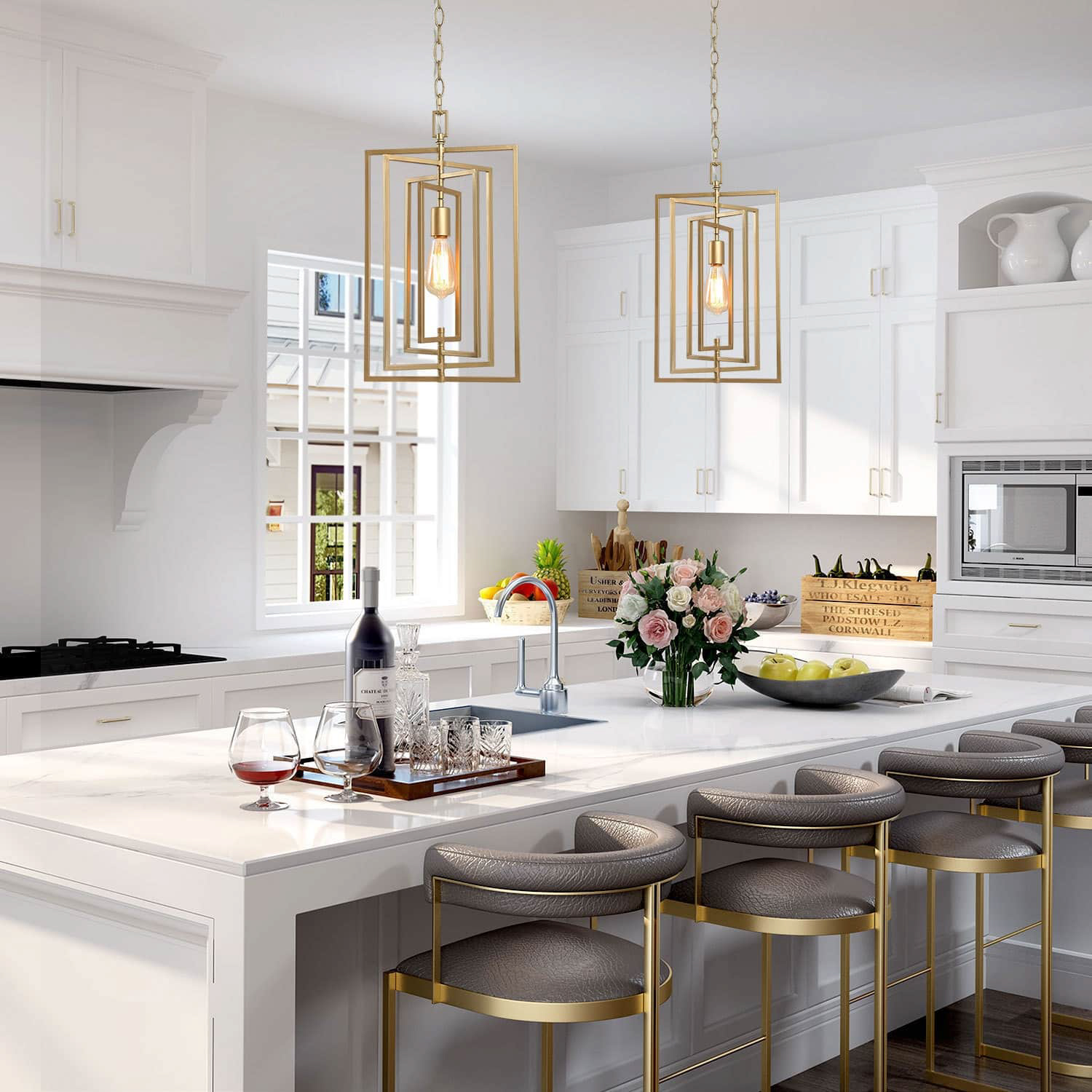The Science Behind 1950’s Lighting
The 1950’s saw an explosion of new technologies and advancements in lighting. From fluorescent bulbs to halogen lamps, manufacturers were constantly innovating to create brighter, longer-lasting, and more efficient lighting solutions. The science behind these innovations was complex and varied, and it played a crucial role in the design and development of 1950’s lighting.
Fluorescent lighting, for example, was first invented in the 1930s but didn’t become widely available until the 1950s. This type of lighting works by passing an electrical current through a gas, which produces UV light. This UV light then interacts with a phosphorescent coating on the inside of the bulb, producing visible light. Fluorescent bulbs were prized for their long lifespan, energy efficiency, and ability to produce bright, even lighting.
Halogen lamps, on the other hand, were first invented in the 1950s and quickly gained popularity thanks to their ability to create bright, white light. These lamps work by passing an electrical current through a tungsten filament, which is surrounded by a halogen gas. The gas interacts with the filament, producing brighter, more focused light than a traditional incandescent bulb. Halogen lamps were particularly popular in commercial and industrial settings, where bright and focused lighting was essential.
The Design Aesthetic of 1950’s Lighting
In addition to the science behind 1950’s lighting, design aesthetics played a crucial role in the development of new lighting technologies. The 1950s were an era of atomic-age optimism and space-age inspiration, and this was reflected in the design of lighting fixtures.
Sputnik chandeliers, for example, were inspired by the launch of the Soviet satellite in 1957. These fixtures featured a central orb surrounded by multiple “arms” with lightbulbs at the end, giving them a distinctly futuristic look. Similarly, “eyeball” lamps were designed to look like something out of a sci-fi movie, with a spherical head that could be swiveled to direct light where it was needed.
Mid-century modern design was also hugely influential in the world of 1950’s lighting. This minimalist design style emphasized clean lines, organic shapes, and natural materials. Lighting fixtures from this era often featured sleek, angular shapes and a focus on function over form.
The Legacy of 1950’s Lighting
While 1950’s lighting was undoubtedly influenced by the era in which it was created, its legacy can still be seen in modern lighting design. Many of the same technologies, such as fluorescent bulbs and halogen lamps, are still in use today. The design aesthetic of the era has also seen a resurgence in popularity, with mid-century modern design and atomic-age inspired fixtures finding their way into contemporary homes and commercial spaces.
Overall, 1950’s lighting was a product of its time, but it’s a legacy that continues to shine brightly today.
Sources
– “The Advantages of Fluorescent Lighting”, Home Guides, https://homeguides.sfgate.com/advantages-fluorescent-lighting-19124.html
– “Halogen Lamps”, Engineering360, https://www.globalspec.com/learnmore/electrical_electronic_components/lamps_lighting/halogen_lamps
– “History of Mid-Century Modern Design”, Decoist, https://www.decoist.com/history-of-mid-century-modern-design/
– “The Sputnik Lamp”, Smithsonian Magazine, https://www.smithsonianmag.com/arts-culture/the-sputnik-lamp-36463133/
